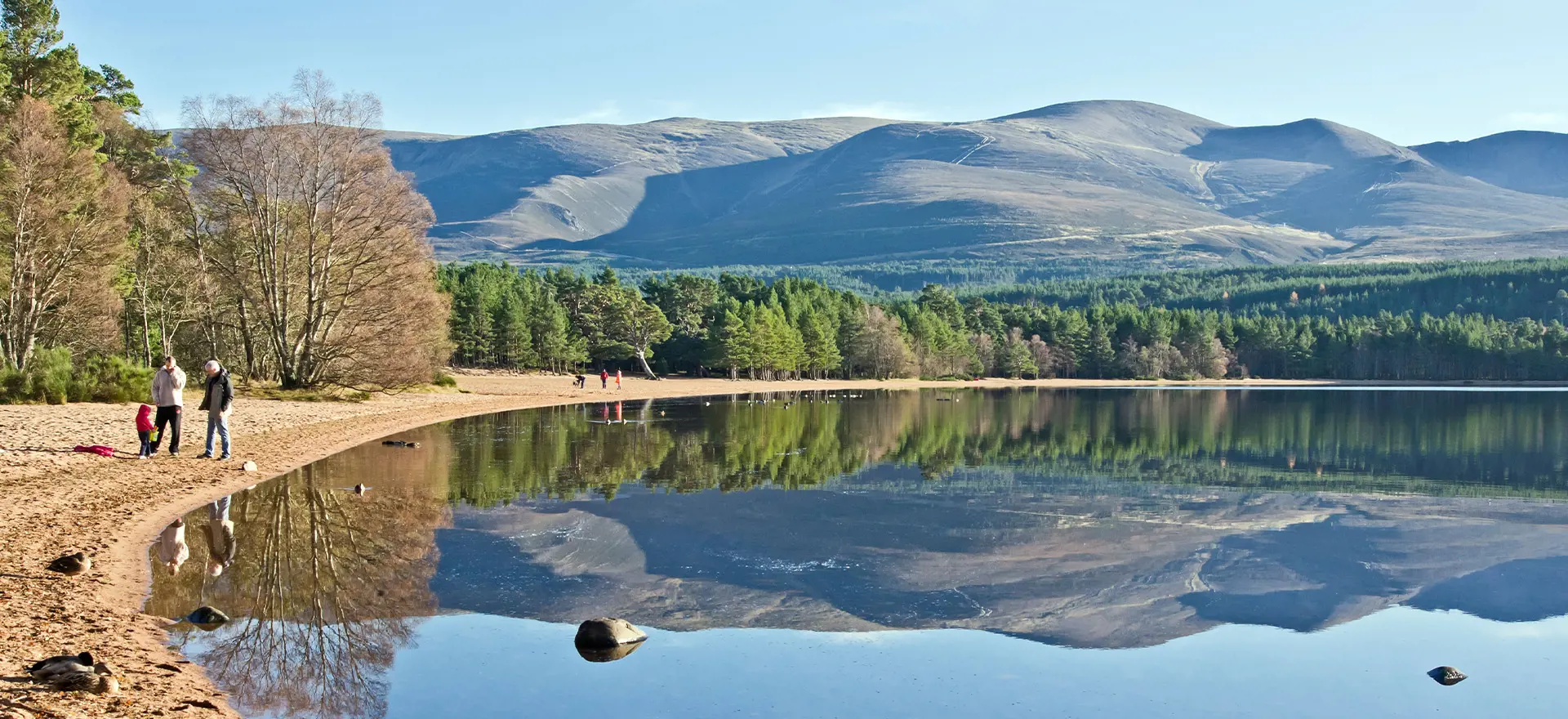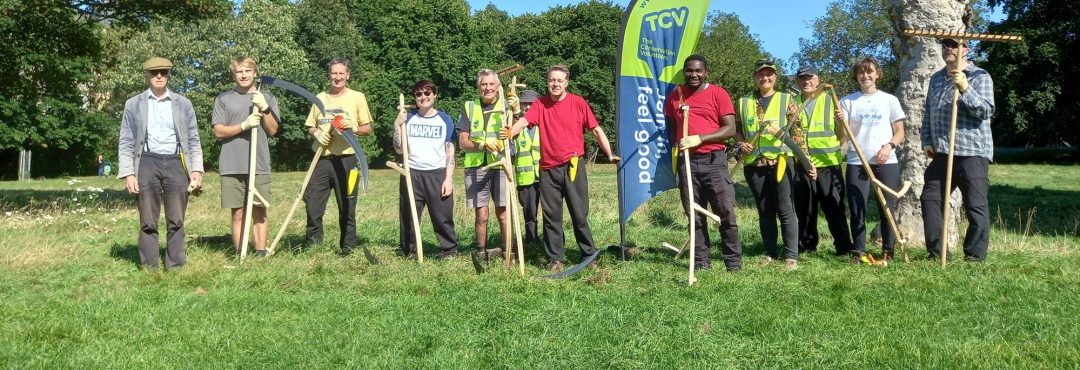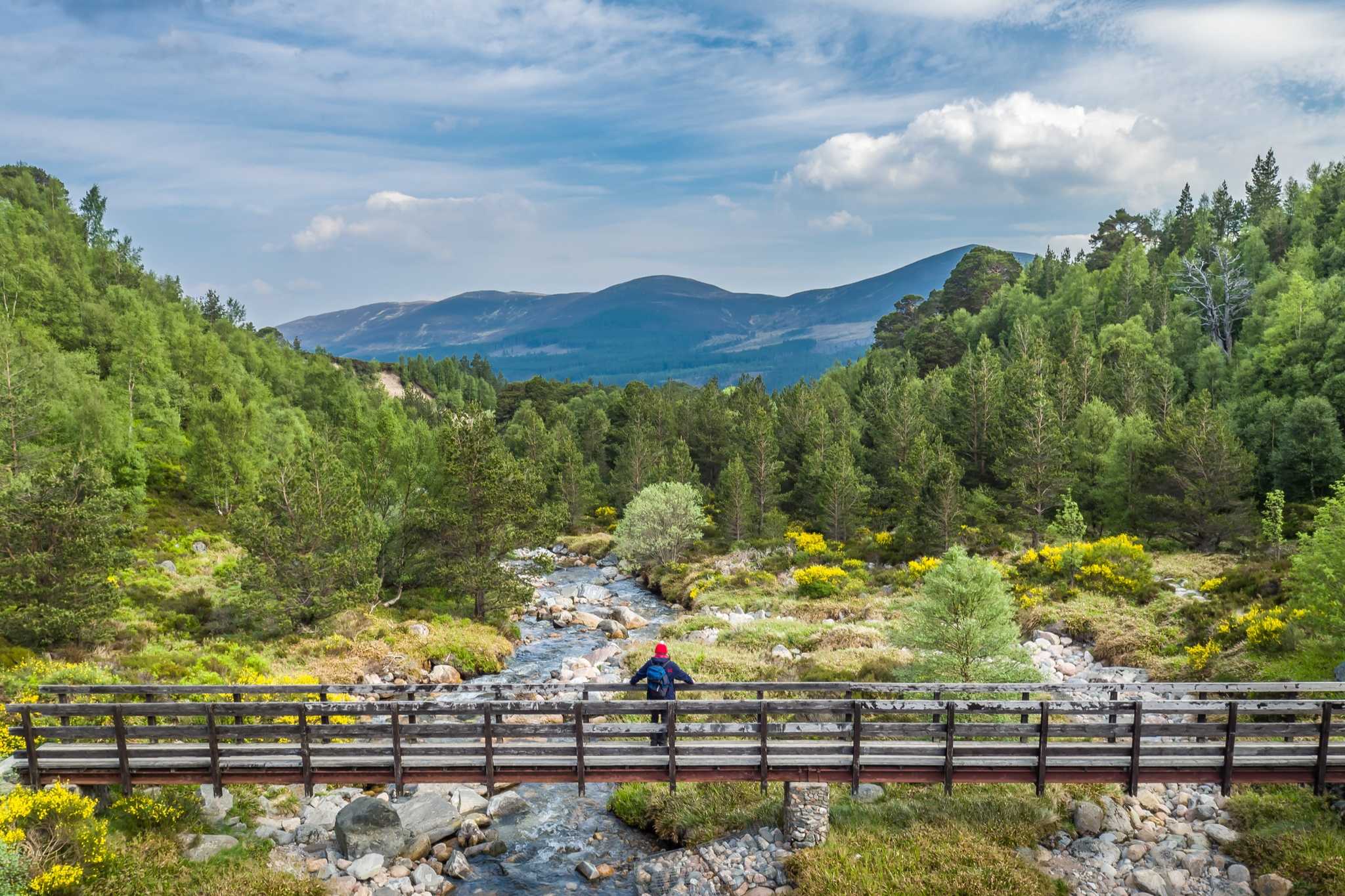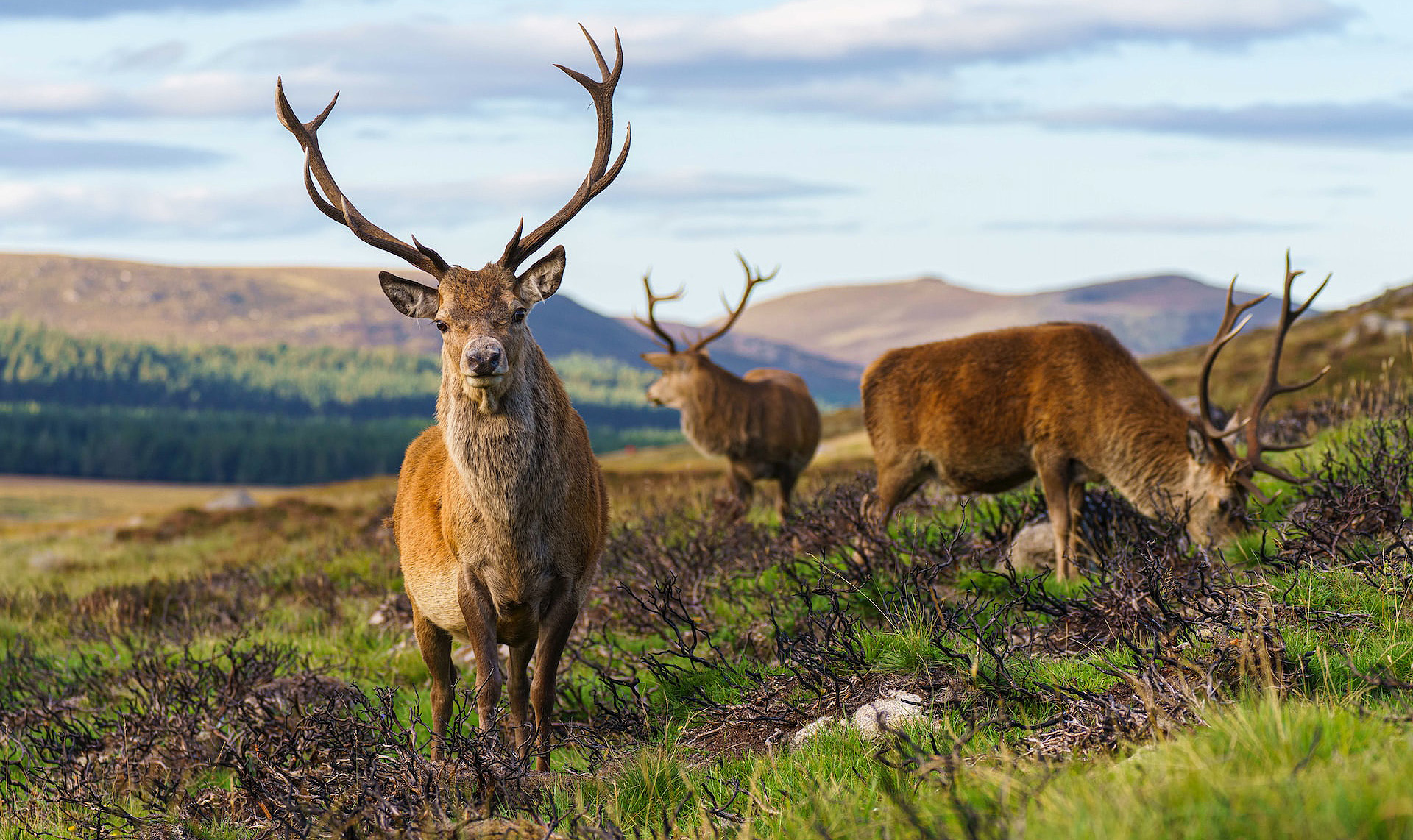Scotland's Eco-Tourism - 7 Ways To Explore Sustainably
Scotland eco-tourism offers a unique opportunity to explore stunning landscapes while ensuring minimal environmental impact. Are you ready to travel green?
Nov 03, 20243.1K Shares223.7K Views

Scotland, with its breathtaking landscapes, rich cultural heritage, and commitment to sustainability, is fast becoming a premier destination for eco-tourism.From the rugged Highlands to the serene islands, Scotland offers an array of opportunities for travelers seeking to minimize their environmental impact while experiencing the country's natural beauty.
1. The Rise Of Eco-Tourism In Scotland
Eco-tourism in Scotlandhas gained significant momentum in recent years, driven by a growing awareness of environmental issues and a desire to protect the country's unique landscapes. Scotland's natural beautyis one of its greatest assets, and there is a strong emphasis on preserving these environments for future generations.
The rise of eco-tourism reflects a shift in traveler preferences, with more people seeking experiences that are not only enjoyable but also sustainable.The concept of eco-tourism is rooted in the idea of responsible travelthat minimizes negative impacts on the environment and local communities.
In Scotland, this means supporting initiatives that promote conservation, reducing carbon footprints, and choosing accommodations and activities that align with sustainable practices. Many businesses in Scotland have embraced this trend, offering eco-friendly options that cater to the needs of environmentally conscious travelers.
Scotland's national parks, nature reserves, and protected areas are at the forefront of the country's eco-tourism movement. These areas are managed with a focus on conservation and sustainability, providing visitors with opportunities to explore Scotland's natural wonders while contributing to their preservation.
2. Sustainable Travel Options In Scotland
Traveling sustainably in Scotland begins with making mindful choices about how to get around. Scotland offers a variety of transport options that align with eco-tourism principles, allowing visitors to explore the country without leaving a heavy environmental footprint.
Public transport is a key component of sustainable travel in Scotland, with an extensive network of trains, buses, and ferries that connect even the most remote areas of the country.Scotland's rail network is particularly well-suited for eco-tourists, offering scenic journeys through some of the country's most beautiful landscapes.
The West Highland Line, for example, is renowned for its breathtaking views of mountains, lochs, and forests, making it a popular choice for those looking to experience Scotland's natural beauty sustainably. Similarly, the Caledonian Sleeper provides an overnight service from London to various destinations in Scotland, offering a low-carbon alternative to flying.
3. Green Accommodations - Eco-Friendly Places To Stay
Choosing eco-friendly accommodations is an important aspect of Scotland's eco-tourism. Many hotels, guesthouses, and lodges across Scotland have adopted sustainable practices, from reducing energy consumption to sourcing local and organic food.
These green accommodations provide a comfortable and environmentally responsible option for travelers who want to minimize their impact on the environment.One example of eco-friendly accommodationin Scotland is the Green Tourism Business Scheme, which certifies businesses that meet high standards of environmental management.
Properties that are part of this scheme are committed to sustainability, whether through energy-efficient buildings, waste reduction, or supporting local wildlife. Staying at one of these certified accommodations ensures that your visit contributes to Scotland's environmental goals.
Many of these places use renewable energy sources, such as solar panels and wind turbines, and are built using sustainable materials.
4. Supporting Local Communities And Conservation Efforts
Eco-tourism in Scotland is not just about protecting the environment; it's also about supporting local communities and contributing to conservation efforts. By choosing to spend your money on local products, services, and experiences, you help sustain the livelihoods of those who live and work in Scotland's rural and remote areas.
This, in turn, fosters a deeper connection between visitors and the places they explore, creating a more meaningful and authentic travel experience.One way to support local communities is by purchasing goods from local artisans, farmers, and producers. Scotland is known for its high-quality produce, from fresh seafood and organic vegetables to artisanal crafts and textiles.
Visiting local markets, farm shops, and craft fairs allows you to buy directly from the source, ensuring that your money stays within the community. Additionally, many eco-tourism operators in Scotland work closely with local communities, offering tours and activities that showcase the region's cultural heritage and natural resources.
Conservation efforts are a central component of Scotland eco-tourism, with many initiatives aimed at protecting the country's unique ecosystems and wildlife. Visitors can participate in conservation projects, such as tree planting, wildlife monitoring, or beach cleanups, which provide a hands-on way to contribute to the preservation of Scotland's natural heritage.
You Might Like: How To Survive A Bear Attack
5. Exploring Scotland's National Parks And Nature Reserves
Scotland's national parks and nature reserves are some of the most important areas for eco-tourism, offering protected environments where visitors can experience the country's natural beauty sustainably. The Cairngorms National Park, the largest in the UK, is a prime example of a destination that balances conservation with tourism.
The park is home to a diverse range of habitats, from ancient Caledonian pine forests to heather-covered moorlands, and is a haven for wildlife, including red squirrels, golden eagles, and the endangered Scottishwildcat.
Visitors to the Cairngorms can explore the park through a variety of eco-friendly activities, such as hiking, cycling, and wildlife watching. Many of the park's trails are designed to minimize environmental impact, with clearly marked paths that protect sensitive habitats.
Another key destination for eco-tourists is Loch Lomond and The Trossachs National Park, which offers a stunning mix of lochs, mountains, and forests.
The park is committed to sustainable tourism, with initiatives such as electric boat tours on Loch Lomond and eco-friendly accommodations throughout the area. Visitors can enjoy a range of activities, from kayaking and sailing to hiking and bird watching, all while supporting the park's conservation goals.
6. Wildlife Watching - A Key Element Of Scotland Eco-Tourism
Wildlife watching is a major attraction for eco-tourists in Scotland, where the country's diverse habitats support a wide variety of species. From the Highlands to the islands, Scotland offers some of the best opportunities in the UK to see wildlife in its natural environment.
If you're hoping to catch a glimpse of a red deer in the Cairngorms or spot dolphins off the coast of the Moray Firth, wildlife watching is an integral part of the Scotland eco-tourism experience.
The Isle of Mull, often referred to as "Eagle Island," is one of the best places in Scotland for birdwatching. The island is home to a significant population of white-tailed eagles, as well as golden eagles, buzzards, and a variety of seabirds.
Eco-friendly wildlife tours on Mull provide a chance to see these majestic birds up close, with guides who are knowledgeable about the island's ecology and conservation efforts. These tours often use small, low-impact boats to minimize disturbance to the wildlife and their habitats.
Marine life is another highlight of Scotland eco-tourism, with the country's coastal waters providing a habitat for dolphins, seals, whales, and more. The Moray Firth, located on the northeast coast, is one of the best places in Europe to see bottlenose dolphins, while the waters around the Isle of Skye are known for sightings of minke whales and orcas.
7. The Future Of Scotland Eco-Tourism
As eco-tourism continues to grow in Scotland, the future looks promising for both the environment and the communities that rely on tourism. Scotland's commitment to sustainability is reflected in its ongoing efforts to reduce carbon emissions, protect natural habitats, and promote responsible travel.
The future of Scotland's eco-tourism will likely see even greater emphasis on conservation, with more initiatives aimed at preserving the country's unique landscapes and wildlife.
Read Also: What Is The Netherlands Known For?
FAQ's About Scotland Eco-Tourism
What Is Eco-tourism, And How Does It Apply To Scotland?
Eco-tourism is a form of responsible travel that focuses on minimizing the negative impacts on the environment and local communities while promoting conservation and sustainability.
What Are Some Eco-friendly Activities To Do In Scotland?
Scotland offers a wide range of eco-friendly activities, including hiking, cycling, wildlife watching, and exploring national parks and nature reserves.
How Can I Reduce My Environmental Impact While Traveling In Scotland?
You can reduce your environmental impact by choosing public transport or cycling instead of driving, staying at eco-friendly accommodations, supporting local businesses, and following the Scottish Outdoor Access Code to minimize your impact on the environment.
Why Is Scotland A Popular Destination For Eco-tourism?
Scotland is a popular destination for eco-tourism due to its stunning natural landscapes, rich biodiversity, and commitment to sustainability.
Conclusion
Scotland eco-tourism offers a unique and rewarding way to experience the country's natural beauty while contributing to the preservation of its landscapes and wildlife.By embracing sustainable travel practices, supporting local communities, and participating in conservation efforts, eco-tourists can enjoy an authentic and responsible Scottish adventure.
Sotting wildlife on the coast, or staying in an eco-friendly lodge, Scotland eco-tourism provides a pathway to discovering the country's enchanting landscapes in a way that respects and protects the environment.
Jump to
1. The Rise Of Eco-Tourism In Scotland
2. Sustainable Travel Options In Scotland
3. Green Accommodations - Eco-Friendly Places To Stay
4. Supporting Local Communities And Conservation Efforts
5. Exploring Scotland's National Parks And Nature Reserves
6. Wildlife Watching - A Key Element Of Scotland Eco-Tourism
7. The Future Of Scotland Eco-Tourism
FAQ's About Scotland Eco-Tourism
Conclusion
Latest Articles
Popular Articles






